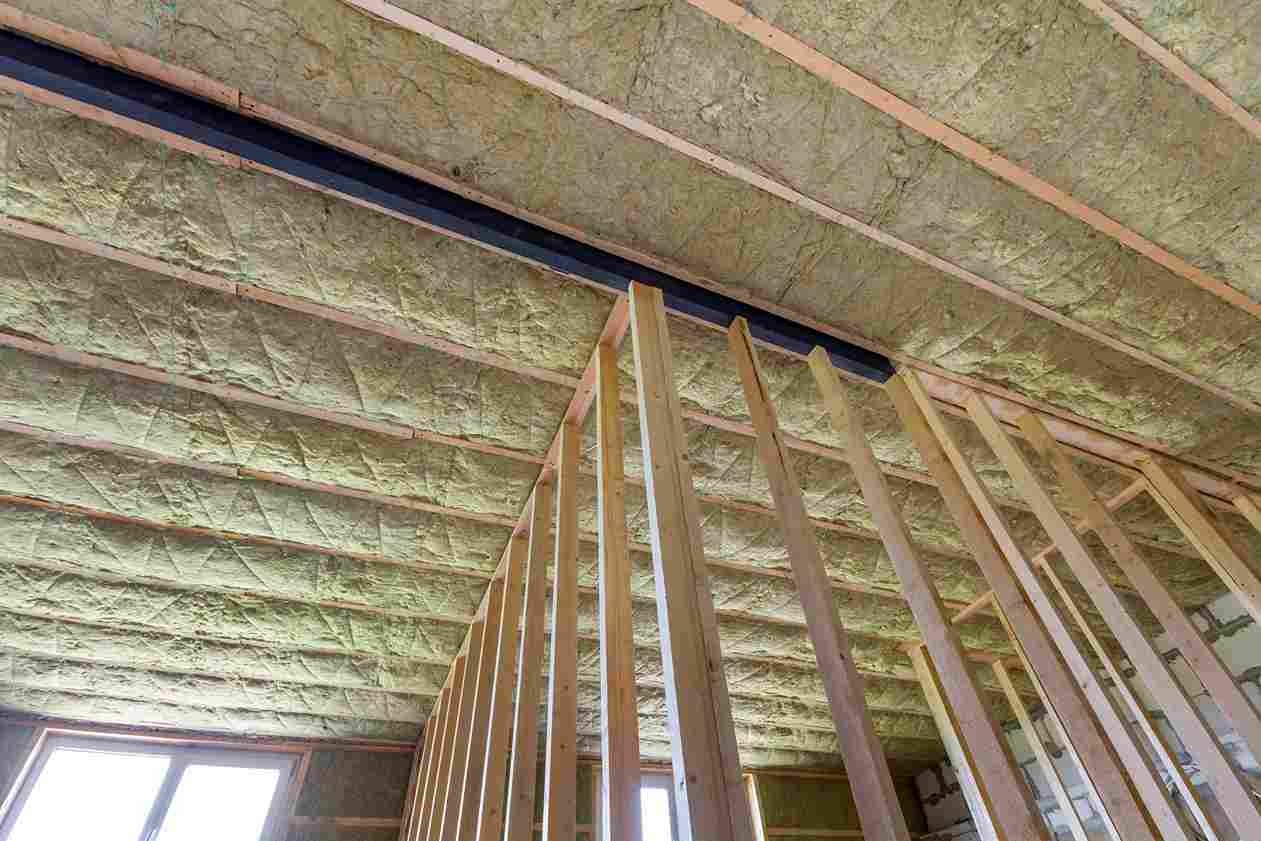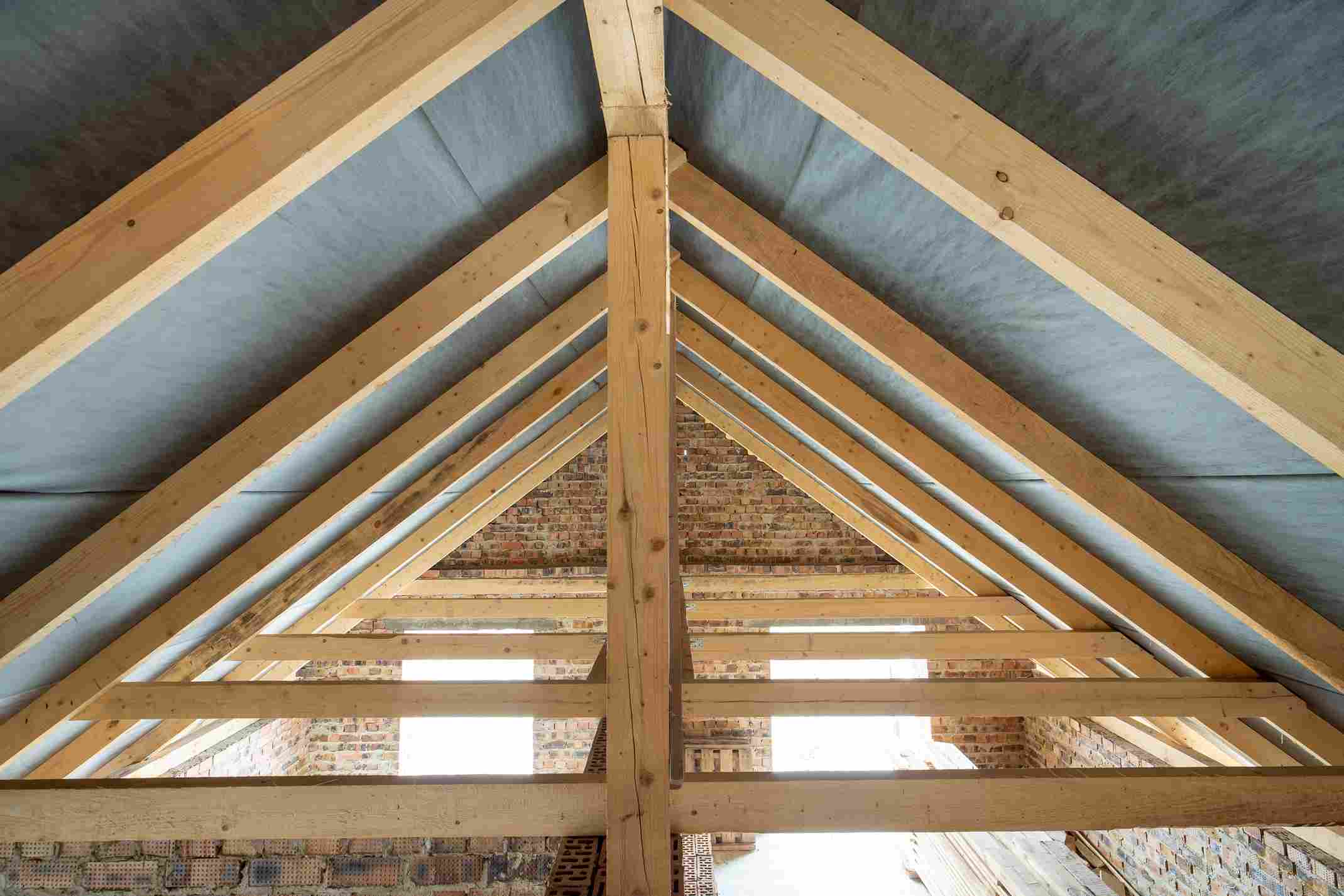
Loft insulation is a barrier in your attic that retains heat. It can be placed in between the joists, which are the horizontal beams, or the rafters, which are the angled beams supporting the roof. In either case, it functions as a large, warm blanket that inhibits the flow of warmth between your surroundings and living space. The insulation layer between the joists maintains heat in your space below and keeps the loft cold, whereas the rafter’s insulation keeps the whole space warm.
This is the most affordable and widely used loft insulation type, typically available in mineral fibre, glass, rolls of rock, or foil encased. It is the preferred choice for ordinary all-purpose insulation and is also the simplest to install; therefore, it’s popular among DIYers looking to properly insulate their lofts at the lowest possible expense.
Loose-fill insulation is precisely what it sounds like. It is made of granular or lightweight materials such as cellulose fibre, cork granules, and mineral wool.
The most eco-friendly varieties are constructed from recycled newspaper. It’s primarily used to supplement existing insulation, but because it’s not as secure as other varieties, it’s not recommended for draughty lofts.
Other choices include loose-fill blown mineral wool fibre, treated cellulose, or polyurethane foam, but these are not do-it-yourself projects; they require specialised expert knowledge, ability, and instruments. As a result, it can be an expensive alternative, but it can be great for insulating difficult-to-reach areas of your loft.


These are firm insulation boards composed of synthetic or natural materials that are sometimes referred to as hard insulation. They offer exceptionally effective insulation in the form of a fire- and moisture-resistant covering. This is one of the less prevalent types of insulation, especially at the loft floor level, for a variety of reasons, one of which is expense. It is substantially more expensive than other types of insulation, and the environmental impact of producing it is also rather high.
The cost of loft insulation installation varies greatly based on your home’s size and the type of loft insulation you install.
There are many types of materials that you can use after considering the prices and the amount of roof space in the loft.
You can always contact us to get an accurate price for your loft conversion.
If you’re doing your own insulation, you’ll need to know how much insulating material you’ll need.
The majority of insulation is sold in rolls or batts. The table below gives an estimate of the number of rolls required for the area in square metres. This table is based on a conventional size of roll, which is around 1.14m wide, 5.68m long, and 170mm thick. However, not all rolls are the same size, so double-check before purchasing.
Area in Square Meters | Number of Rolls Required |
50 | 8 |
60 | 10 |
70 | 11 |
80 | 13 |
90 | 14 |
100 | 16 |
110 | 17 |
120 | 19 |
The most common benefits of loft insulation are listed below:
The purpose of loft insulation is to minimise the loss of heat by providing a thermal barrier that prevents heat from penetrating the roof.
You may expect a reduction of around 25% in heat loss by preferring loft insulation. This will keep your space warmer in winter and cooler in summer.
Loft insulation is directly related to your energy bills; it can help you save up to £110 per year on average. And, with an expected life of more than 40 years, loft insulation will pay for itself many times over.
The reduction of carbon dioxide is one of the major advantages of reducing your energy consumption. Your house’s carbon footprint will be greatly decreased, making it more environmentally friendly than earlier. The Energy Saving Trust estimates that this can save between 550-1030 kg of CO2 per year, depending on the size and design of the house.
Generally, house insulation can help to reduce noise pollution and the quantity of noise that enters your house. When your loft is properly insulated, you will notice a noise reduction, especially on the upper floor of your home.
Another huge advantage of loft insulation is the higher rating for your Energy Performance Certificate. It will help increase the saleability and value of your property.